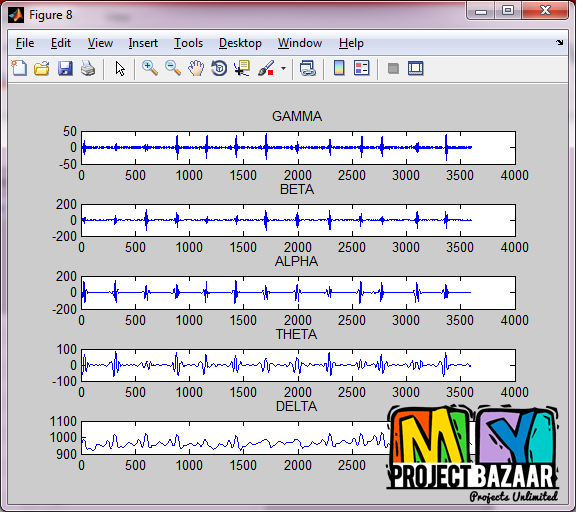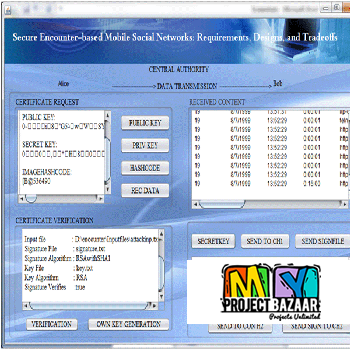
Drowsy Driving Detection by EEG Analysis Using Wavelet Transform and K -Means Clustering
Product Description
Drowsy Driving Detection by EEG Analysis Using Wavelet Transform and K-Means Clustering
Abstract— This research aims to develop a driver drowsiness monitoring system by analyzing the electroencephalographic (EEG) signals in a software scripted environment and using a driving Simulator. These signals are captured by a multi-channel electrode system. Any muscle movement impacts the EEG signal recording which translates to artifacts. Therefore, noise from the recording is eliminated by subtracting the noisy signal from the original EEG recording. The actual EEG signals are then subjected to band pass filtering with cut-off frequencies 0.5 Hz and 100 Hz. The filtered signals are analyzed using a time-frequency technique known as the Discrete Wavelet Transform < Final Year Projects 2016 > DWT. A third order Debauchies’ wavelet and five level decomposition is utilized to segregate the signal into five sub-bands, namely, delta (0.5 – 4 Hz), theta (4 – 8 Hz), alpha (8 – 12 Hz), beta (12 – 30 Hz) and gamma (> 30 Hz). First order statistical moments such as mean, median, variance, standard deviation and mode of the sub-bands are calculated and stored as features. These features serve as an input to the next stage of system classification.
Including Packages
Our Specialization
Support Service
Statistical Report

satisfied customers
3,589
Freelance projects
983
sales on Site
11,021
developers
175+Additional Information
| Domains | |
|---|---|
| Programming Language |
Would you like to submit yours?


















There are no reviews yet